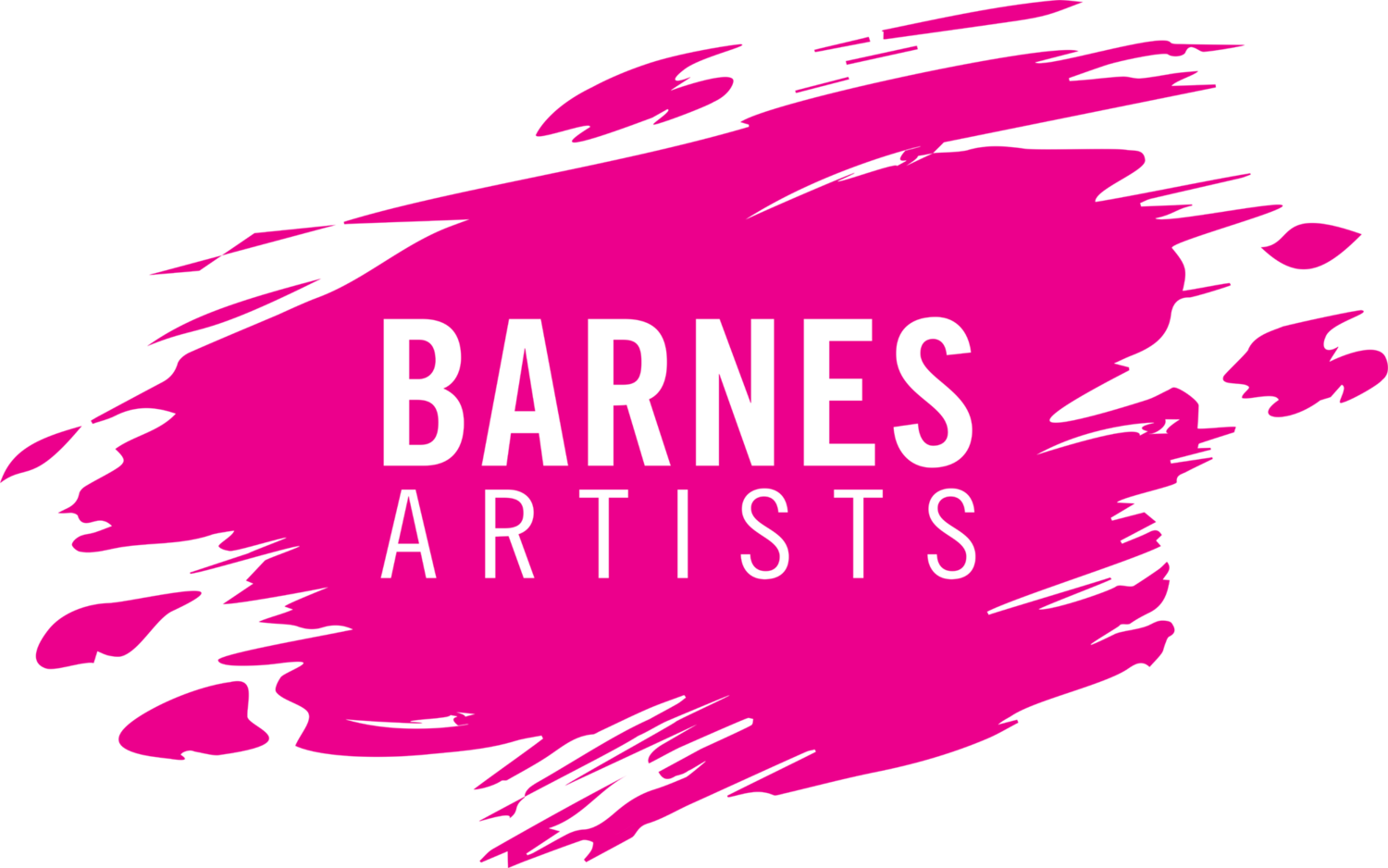Artist of the month
Judith Dobie
Judith is an archaeological reconstruction illustrator for Historic England. She is co-author of A History of the Ancient Monuments Drawing Office and her book Illustrating the Past was published in 2019.
I always won the art prize at my primary school and I kept a critical eye on the other pupils’ work. I remember, aged five, the teacher enthusing over some plasticine models of chairs and tables and thinking to myself ‘but this is rubbish’.
Later I went to school at St Andrews in Fife and the art teacher was Roberta Hodges who had studied at The Slade School of Fine Art. She told tales of scary Henry Tonks whose harsh criticism made the girl students cry and where, she claimed, the life models’ throne was surrounded by netting to catch them when they fainted from the strain of long poses.
From St Andrews I went to The Glasgow School of Art, where my tutor was a calligrapher, George Thompson. Glasgow was covered in gang graffiti at the time and he encouraged me to write about it. Gang graffiti led me to medieval graffiti which is sometimes found on the stonework of churches. This caught the eye of the professor of archaeology at Glasgow University who was looking for an illustrator. I went to see his department but was daunted by the discipline to do the measured drawings required for archaeological reports.
By chance that summer I worked on the excavation of the Saxon Old Minster at Winchester and discovered that I was quite good at digging and planning the revealed archaeology. I wasn’t very good at interpreting what I excavated but just saw the colours and textures in an abstract way. Some of the best field archaeologists paint and draw – a keen eye for the subtle differences of colour and texture of layers of soil is basic to excavation.
Around this time I thought again about being an archaeological illustrator and found a job at Durham where Rosemary Cramp was professor of archaeology, the first woman professor at the university. I was sent for a fortnight to the Ancient Monuments Drawing Office in London for experience and returned to Northumberland with examples of the pen and ink drawing style forged by David Neal who was in charge and Frank Gardiner his second in command.
It’s a style developed from Victorian engravings and for reproduction by letterpress. It’s hard to master but can give the clearest of drawings which the specialists need. Now I use it all the time.
After Durham I wrote to David Neal and was offered a job in The Ancient Monuments Drawing Office where I have remained through many reorganizations and redundancies.
At the moment I’m painting an illustration of a Mesolithic site at Star Carr in Yorkshire. We are writing a blog about the oldest houses in the land.
I draw with pen and ink and paint in watercolour and then develop a collage. Sometimes I make the paper or spray paper that’s already been drawn on. I draw my subject quite carefully and then work from that quite freely in collage. Sometimes I work directly outside.
I like the Neo-Romantic movement in art, and the connection between landscape and archaeology which has a graphic, nostalgic quality. The work of Eric Ravilious, Edward Bawden and David Jones and the War Artists Scheme all appeal to me. During the Second World War, when people were asked what they were fighting for they said: ‘The Land’. You can see this reflected in the art of the time as a sort of misty, Celtic romantic atmosphere.
A middle Neolithic pit truncated by a middle Neolithic badger sett at West Amesbury
Willie Howe Burial Mound and the Stolen Fairy Cup
This is the story as recorded in the 12c.
A village man riding home late and drunk heard singing and laughter coming from the burial mound.
Then he saw an open door and people feasting inside.
A servant emerged and offered him a cup. He wisely refused to drink, poured away the contents but kept the cup and galloped off pursued by furious guests.
The cup was of unknown material, unusual colour, strange form.
Subsequently it was offered to Henry the Elder, King of England.
Given to the Queen’s brother, David King of Scotland and recorded in his treasury.
Then to Henry II. Then it disappeared.






